
The FASER collaboration has made its first observation of neutrinos produced at the Large Hadron Collider (LHC) during its measurement campaign, with statistical significance exceeding the threshold for a discovery in particle physics. The observation includes muon neutrinos and candidate events of electron neutrinos. Additionally, the collaboration presented results on searches for dark photons, which enabled the exclusion of regions motivated by dark matter. FASER aims to collect more data to allow more searches and neutrino measurements. The detection of neutrinos produced in proton collisions at the LHC can contribute to the study of high-energy neutrinos from astrophysical sources and test the universality of the interaction mechanism of different neutrino species.
The first observation of collider neutrinos at the LHC paves the way for exploring new physics scenarios.
Although neutrinos are produced abundantly in collisions at the Large Hadron Collider (LHC), until now no neutrinos produced in such a way had been detected. Within just nine months of the start of LHC Run 3 and the beginning of its measurement campaign, the FASER collaboration changed this picture by announcing its first observation of collider neutrinos at this year’s electroweak session of the Rencontres de Moriond. In particular, FASER observed muon neutrinos and candidate events of electron neutrinos. “Our statistical significance is roughly 16 sigma, far exceeding 5 sigma, the threshold for a discovery in particle physics,” explains FASER’s co-spokesperson Jamie Boyd.
In addition to its observation of neutrinos at a particle collider, FASER presented results on searches for dark photons. With a null result, the collaboration was able to set limits on previously unexplored parameter space and began to exclude regions motivated by dark matter. FASER aims to collect up to ten times more data over the coming years, allowing more searches and neutrino measurements.
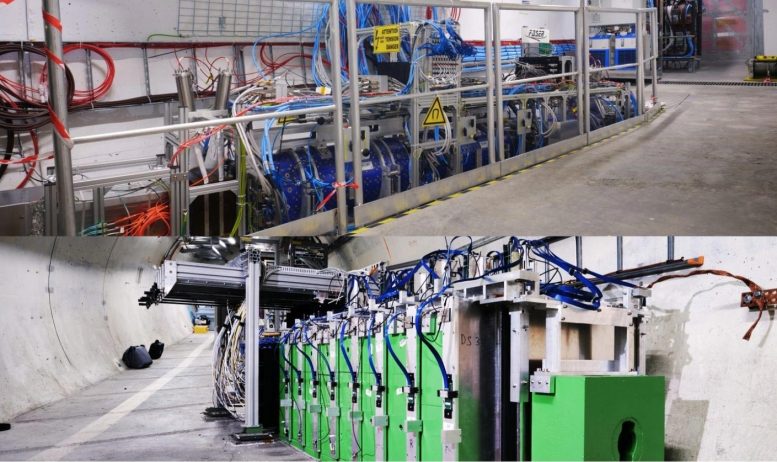
FASER (top) and SND@LHC (bottom) detectors. Credit: CERN
FASER is one of two new experiments situated at either side of the ATLAS cavern to detect neutrinos produced in proton collisions in ATLAS. The complementary experiment, SND@LHC, also reported its first results at Moriond, showing eight muon neutrino candidate events. “We are still working on the assessment of the systematic uncertainties to the background. As a very preliminary result, our observation can be claimed at the level of 5 sigma,” adds SND@LHC spokesperson Giovanni De Lellis. The SND@LHC detector was installed in the LHC tunnel just in time for the start of LHC Run 3.
Until now, neutrino experiments have only studied neutrinos coming from space, Earth, nuclear reactors or fixed-target experiments. While astrophysical neutrinos are highly energetic, such as those that can be detected by the IceCube experiment at the South Pole, solar and reactor neutrinos generally have lower energies. Neutrinos at fixed-target experiments, such as those from the CERN North and former West Areas, are in the energy region of up to a few hundred gigaelectronvolts (GeV). FASER and SND@LHC will narrow the gap between fixed-target neutrinos and astrophysical neutrinos, covering a much higher energy range – between a few hundred GeV and several TeV.
One of the unexplored physics topics to which they will contribute is the study of high-energy neutrinos from astrophysical sources. Indeed, the production mechanism of the neutrinos at the LHC, as well as their center-of-mass energy, is the same as for the very-high-energy neutrinos produced in cosmic-ray collisions with the atmosphere. Those “atmospheric” neutrinos constitute a background for the observation of astrophysical neutrinos: the measurements by FASER and SND@LHC can be used to precisely estimate that background, thus paving the way for the observation of astrophysical neutrinos.
Another application of these searches is measuring the production rate of all three types of neutrinos. The experiments will test the universality of their interaction mechanism by measuring the ratio of different neutrino species produced by the same type of parent particle. This will be an important test of the Standard Model in the neutrino sector.

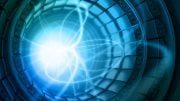
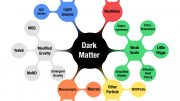
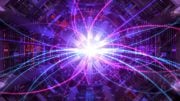
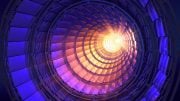
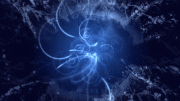

There is no direct scientific evidence to suggest the existence of dark matter. The question remains, how is it even scientifically conceivable to conceive the existence of dark matter when it’s nonexistent, especially when space is infinite?
You can’t see the wind, yet you know its there because you could feel it or see something being moved by it like leaves or a flag… According to the current knowledge about gravity, things at large scales like galaxies or clusters of them, appear to be held together by some additional/invisible matter, as the visual matter does not appear to be sufficient to hold those structures together on their own, so by implication and not direct evidence, it appears that there is something we can’t directly detect, that makes the visible matter behave “abnormally”. You declare that “space is infinite” as if it were a fact, when in fact no one knows either way!